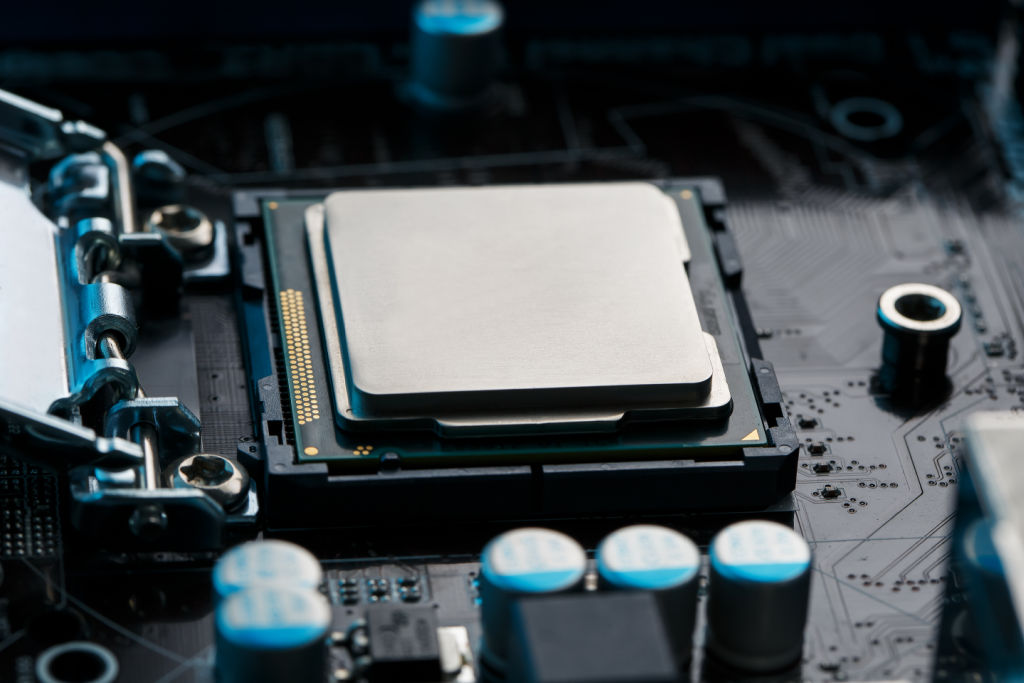
When the Ryzen 4000 was released, AMD’s comeback was complete. This processor is the culmination of AMD’s new Zen architecture and Bulldozer chip architecture. It is a powerful processor that has surpassed Intel’s Pentium M. However, it is not AMD’s only achievement.
Ryzen 4000 completed AMD’s comeback
The AMD Ryzen 4000 series is a series of x86 mobile processors that feature seven-nanometer technology and up to eight cores and 16 threads. AMD claims that the Ryzen 4000 series has twice as many transistors per compute unit as previous Picasso-based mobile processors while having a smaller die area.
AMD had lost a lot of momentum during the 2005-2006 time frame because its Barcelona processor was buggy, overly late, and underperformed. Even current AMD executives felt the impact of that. AMD now wants to go into the next generation of CPUs cautiously. AMD’s Ryzen 4000 processor is an important milestone in this new phase of the company’s history.

The AMD Ryzen 4000 series features AMD’s new Zen 2 architecture and a 7-nanometer manufacturing process. The new APUs also have a dedicated microcontroller called a System Management Controller (SMC) which monitors activity across a variety of parts of the SoC. The SMC also adjusts the clock rate and voltage based on the observed activity. As a result, clock rates increase when utilization is higher, and decrease when usage is low. However, the clock rate must remain within thermal and power limits.
Zen architecture
When AMD was struggling with its server and desktop CPUs, it decided to redesign its processor architecture. The new design focused on efficiency, IPC, and scalability. The company had not been able to achieve its performance and clock speed goals with its older design. In order to get closer to its goals, AMD turned to industry veteran Jim Keller, who had experience developing CPUs based on several different architectures.

The Zen architecture combined the best features of previous designs. It focused on pipeline activity, which meant improvements in the cache and pipeline systems. It also eliminated the L1/L2 cache sharing and introduced more pipelines and improved branch prediction. The new architecture also increased cache bandwidth. Unlike its predecessor, the Ryzen was a system-on-chip, so it lacked a GPU.
The new architecture is designed to deliver incredible performance. This translates to faster performance for consumers, and AMD is on the cusp of delivering a new generation of high-performance desktop CPUs. The company also has a 32-core Zen server CPU in development, as well as a sixteen-core Zen HPC APU.
Bulldozer architecture
AMD’s Processor Bulldozer architecture was first introduced in 2010. It features a high bandwidth cache, simultaneous multithreading, and energy-efficient finFET design. This architecture is intended to improve performance compared to contemporaneous Intel parts by 40%. However, its success story has been less clear than its predecessors.
The AMD Processor Bulldozer architecture was introduced after a merger of AMD’s CPU and GPU divisions. The company killed the ATI brand and started all over again with a new CPU architecture called Bulldozer. With its success, AMD was able to enter markets beyond PCs.

The Bulldozer architecture’s main problem was its power efficiency. AMD had to boost the number of cores and the clock speed to achieve the same performance level as the rival Intel Core chips. This wasn’t a good combination because AMD CPUs were too power-hungry. Their CPUs needed up to 40% more operating speed to perform as well as their Intel counterparts.
The AMD PR machine worked overtime to convince the tech press that Bulldozer was a viable alternative to Intel’s CPUs. However, the design’s clustered multithreading technology was inefficient. Then, in 2017, AMD launched its newest architecture, Zen, as a replacement for Bulldozer. This new architecture enables AMD to launch new products that would not have been possible before. AMD also had the advantage of being able to launch products with a modular chipset design.
Intel’s Pentium M processor
The Pentium M processor is an evolution of the Pentium architecture, which featured a powerful superscalar design. Its dual pipelines and two data pipelines allowed the processor to handle all instructions, including the simple ones that are used most often. Pentium M processor engineers, led by Bob Colwell and Fred Pollack, had been working on this revolutionary idea since 1990.

The Pentium M processor architecture is one of the most successful design efforts by Intel in years. Despite its lower clock speed and slower scaling than its predecessor, the Pentium M has enjoyed tremendous success in the mobile arena. Intel’s successful effort to improve its processor’s design has resulted in the creation of the most powerful mobile processors in the world.
Pentium Pro launched in 1995 and was considered a failure, but it was a breakthrough for Intel and still influences the design of their CPUs today. The Pentium Pro also launched at an odd time for Intel, but it became a popular choice in the personal computing market, and it extended the company’s lead in performance and sales.

